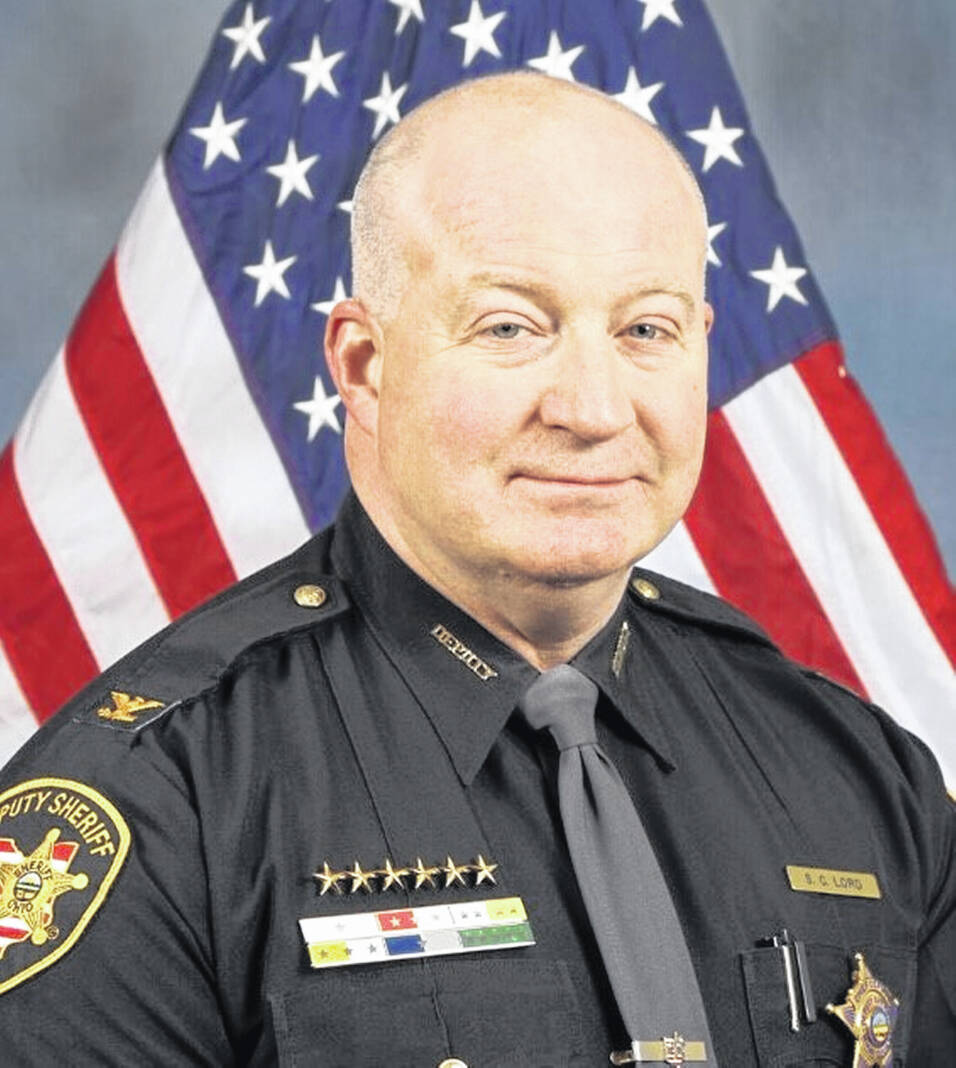

Lord
Do you watch Forensic Files? If so, do you find yourself telling the detectives what they’ve overlooked or what they need to do next? And what about those cold cases? Should valuable police time be spent trying to identify a victim and then the perp?
Chief Deputy Stephen Lord of the Miami County Sheriff’s Department in Troy, Ohio, and a faculty member at Edison State Community College in the Ohio Peace Officer Training Academy, is an expert on these matters and is willing to share.
Back in the days before DNA, whole genome sequencing, specialty labs, data bases for familial matches or matches with the criminal him/herself, and electronic surveillance (thermal cameras, drones, robots, iPhones carried and used by many), he indicates that law enforcement had techniques for solving crimes, and these strategies are still used today. Off hand, can you name them?
His list includes the following: “fingerprints, blood typing, eyewitnesses, tool- mark impressions, blood spatter, photography, footwear patterns, tire treads, body fluids, autopsies, chemical analyses, glass fragment analysis, trace evidence such as hair and fibers, race/ethnicity, photo lineups.”
In terms of the future, Lord sees newer subsets for DNA, enhanced use of phones and computers, and more sophisticated cameras.
There, however, is always the human element. Lord says that to work successfully in forensics requires that individuals be “curious, organized, methodical, competent. Additionally, they must be in control over multiple disciplines: excel in the techniques of interviewing and interrogation because if they don’t talk, they walk; have an understanding of pathology and the modes and mechanism of death,; know where to go to find evidence; be able to predict the psychology of human behavior; recognize what should be collected and might serve as evidence at a crime scene; be committed to reading, learning, consuming and using new information and adjusting personal behaviors as necessary; and work smarter with tools as Stephen Covey says, ‘Sharpen your saw.’”
Lord finds excitement in helping others and not working inside the walls of a factory. He enjoys being his own boss and pitting his skills against the skills of criminals. He also enjoys the variety in the job and the ability to progress in responsibility.
He expresses some concern with the ways in which politics is impacting law enforcement on many levels and declares that “law enforcement should be objective with equal treatment under the law, and no biases and with accountability on both sides.” Further, he says that “Bad behavior can’t be excused because one is doing it in the interest of social justice. Peaceful protests, yes. Riots, no.”
Lord takes great pleasure when he sees his former students at Edison State rising to the rank of detective. Frustration comes, however, with the work when cold cases are put in a drawer and forgotten (Not the case in his workplace) or when the cases are so old that there is little chance the perps are still alive or when he knows he has a good idea of who committed the crime but can’t prove it. These absolute mysteries haunt him.
In a follow-up column, Lord is going to detail three of his most interesting and challenging cases. There was the “Buckskin Girl” case (strangled), and the Cecil Wayne Martin- Scott Stringham case (shot), and the Pete Green case (dismembered). Tune in and discover the answer to “Who knows what evil lurks in the hearts of men?”
Vivian B. Blevins. Ph.D., teaches telecommunication employees from around the country and students at Edison State Community College and works with veterans. You may reach her at 937-778-3815 or [email protected].

